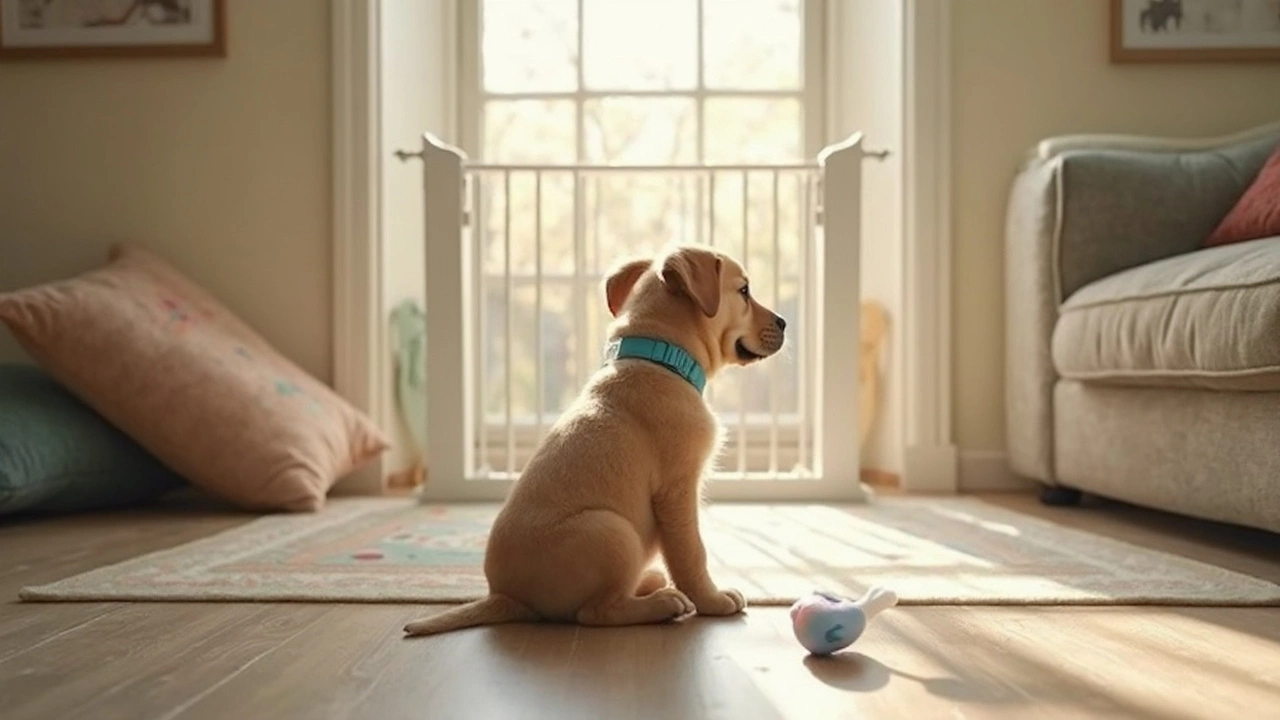Puppy Free Roam: How to Keep Your Little Explorer Safe and Happy
Letting a puppy run free can feel amazing – the wagging tail, the curious nose, the pure joy of discovery. But a free‑roaming pup also needs boundaries, looks, and a plan. Below you’ll find simple steps that let your puppy explore without turning your garden into a disaster zone.
Pick the Right Space First
Start with a secure, fenced area that has no gaps big enough for a puppy to slip through. Check the fence daily for loose boards or holes, especially after bad weather. If your yard isn’t fenced, use a portable playpen or a puppy‑proofed room inside the house. The key is a space where you can watch the pup from a window or a short distance away.
Supervision and Gradual Freedom
Don’t assume a puppy can be left alone once the area is safe. Keep an eye on them for the first few weeks, stepping in when they start chewing furniture legs or digging under the fence. Gradually increase the time they’re off‑leash – a few minutes today, ten minutes tomorrow – until you’re confident they understand the limits.
Use a long training leash (15‑20 feet) when you’re in a larger yard. It gives the puppy room to roam while you stay in control. If the pup darts toward a danger (like a pool or busy road), a quick tug brings them back without ruining the fun.
Teach a reliable recall early. Start inside the house with a tasty treat and a keyword like “come”. Practice it in the safe area, rewarding the pup every time they return. A solid recall makes free roaming far less stressful for both of you.
Make the free‑roam zone interesting. Add a few chew‑safe toys, a shallow sand pit for digging, and a water bowl for quick sips. Rotate the toys every few days so the pup stays engaged and doesn’t get bored enough to test the fence.
Watch for signs of over‑excitement: panting, whining, or trying to jump the fence. If you see any of these, bring the puppy back inside for a short calm‑down break. A tired pup is a well‑behaved pup, but you don’t want them exhausted either – it can lead to injuries.
Weather matters, too. On hot days, provide shade and fresh water; on cold days, shorten the roaming time and consider a dog‑sized coat if the breed needs it. Always check paws for debris after each session.
Finally, keep the vet in the loop. Make sure the puppy’s vaccinations are up to date before they spend time outside, and ask about safe tick preventatives for your area. A quick check‑up can prevent many future problems.
Free roaming is a fantastic way for a puppy to build confidence, burn energy, and learn about the world. With a secure area, proper supervision, and a few training tricks, you’ll have a happy, healthy explorer who knows exactly where the fun starts and ends.
When Can Your Puppy Safely Free Roam at Home? Expert Tips & Facts
Curious about when your puppy can free roam? Learn the right age, training tips, and safety facts to let your puppy explore your home confidently.
